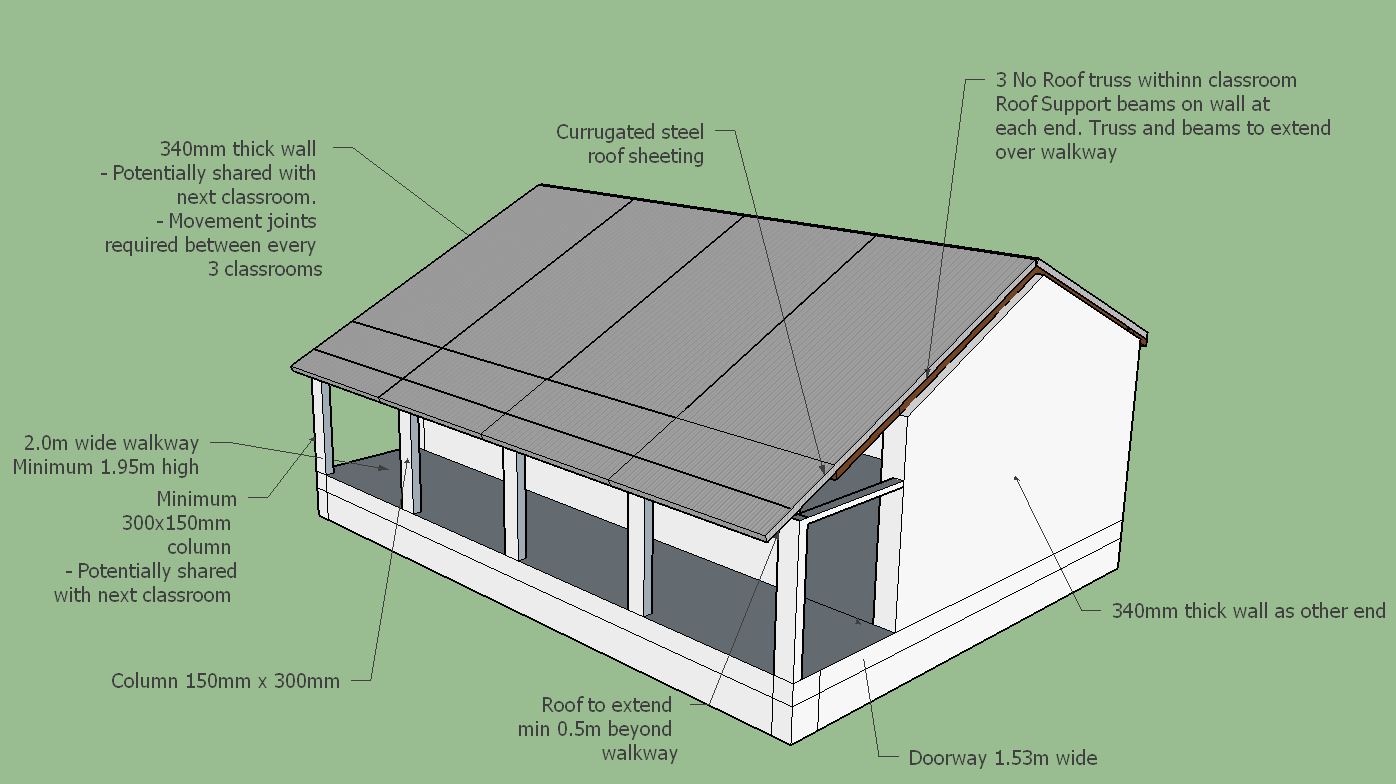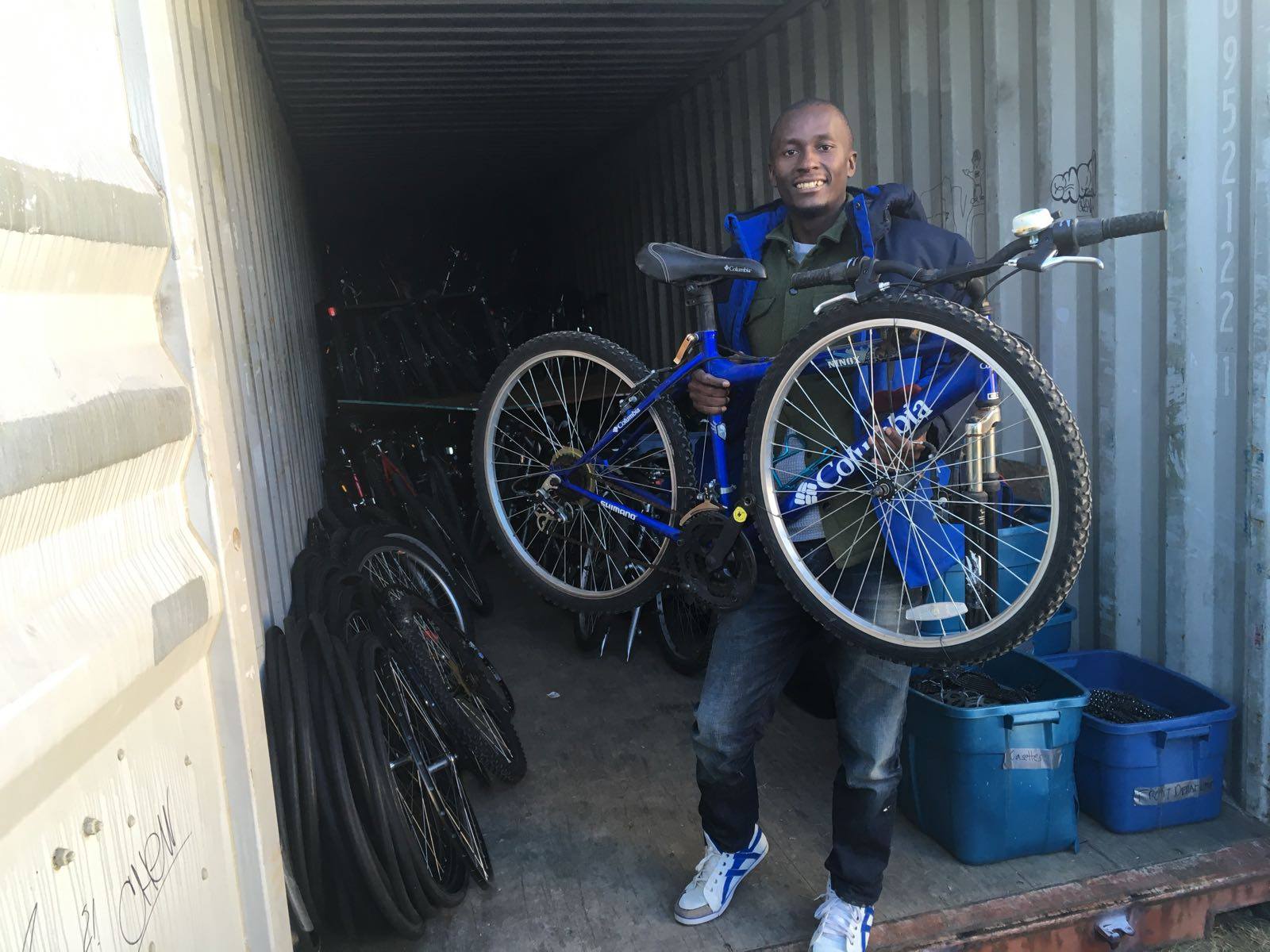Gasica is in the process of buying a piece of land near Unguja Ukuu. His after school club in Fuoni (a residential area near Stone Town) is over-subscribed, but he wants to expand to run a mainstream school offering the full range of subjects at Primary School level. He wants to bring his proven educational methods in an exciting project that ultimately can accommodate over 600 pupils aged up to 13. Gasica has found a suitable piece of land in Unguja Ukuu, an area where he’s well known and respected by the local community. Gasica is working on the first challenge which is to raise $50k to purchase the land – he has already raised $11,000 from his trip to Canada and from a donation from Australia. The rest of the money will come from the sale of 2 containers of bicycles from Canada which are due to arrive in Zanzibar at the end of May.
The cost of building a simple school is being worked on! There’s a team in England and Zanzibar working on a Rotary Global Grant application which matches funds that are raised by local Rotary Clubs. The grant application process isn’t simple and requires that Gasica demonstrates the long-term sustainability of the school.
We’re very lucky that our current volunteer, Andrew, has a professional background as a construction project manager. He wasn’t expecting to working on the design, phasing and budgeting of a school when he agreed to teach in Zanzibar, but it’s fantastic to help his expertise. Gasica plans to start with a primary school for 136 students with five classrooms including a computer room as well as a library, art room, admin facilities, toilets and a volunteer house. There will also be a large, grassed play area / football pitch. The scheme will utilise and involve the conversion of an existing building on the site as well as the construction of the other facilities. The site is flat with an existing building, water tower and water well as well as a few collapsed buildings. The plot has four large mango trees and smaller trees on the perimeter that will not be touched and the odd banana plant and palm tree that will remain if possible.
The school has been designed in the style of other local schools since they are simple to construct, and work well with the climate. However, there will be some modifications such as the inclusion of proper covered walkways both in front of the classrooms and between school blocks, for use particularly in the rainy season, and the elimination of some of the unnecessary walkways around the back of the classroom buildings. One of the changes that it would be nice to make would be to find a roofing approach that meant that the rain didn't drown out anyone speaking as happens with the current corrugated iron roofs. This last challenge is still under evaluation including the potential cost implications.
Ultimately the plan is for a school of 18 classes. This is planned for six phases over five years and will include a School Hall as well as 2 computer rooms, two libraries and an art room. The concept is to use the same classroom as a building block to provide flexibility and ease of conversion from a normal classroom to say a computer room. Some of the facilities will also be used by the local community. If you’d like to donate to the project please contact ann.dieckmann0@gmail.com



